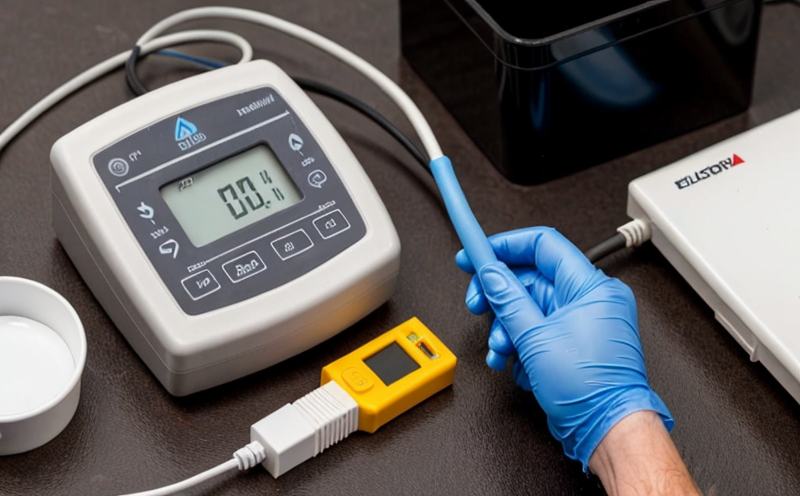UNE EN ISO 16773 Electrochemical Testing of Protective Systems
The UNE EN ISO 16773 standard provides a framework for the electrochemical testing of protective systems used in various sectors such as construction, automotive, and marine. This standard ensures that protective coatings and systems provide reliable performance under defined conditions, thereby protecting against corrosion or degradation.
Electrochemical testing is essential for verifying the integrity and effectiveness of protective systems over time. The process involves exposing the system to specific environments that mimic real-world conditions. During this test, electrical currents are monitored to assess the protective properties of the coating. This helps in determining the durability and performance of the protective layer.
The UNE EN ISO 16773 standard specifies detailed procedures for conducting electrochemical tests on protective systems. These include the selection of appropriate reference electrodes, the configuration of the test cell, and the measurement techniques used to evaluate the system’s resistance to corrosion. The standard also defines acceptance criteria that must be met before a coating or system can be considered effective.
The testing process typically involves several steps: preparation of the specimen, immersion in an electrolyte solution, application of an electric potential, monitoring of current flow, and analysis of results. Each step is critical to ensuring accurate and consistent test results. The choice of electrolyte and the duration of exposure are crucial factors that can influence the outcome.
UNE EN ISO 16773 also emphasizes the importance of repeatability and reproducibility in electrochemical testing. This ensures that tests conducted by different operators or in different laboratories yield comparable results. The standard provides guidelines for minimizing variability in test conditions, which is essential for maintaining the integrity and reliability of the protective systems.
The application of UNE EN ISO 16773 is particularly relevant in industries where durability and performance are critical factors. For instance, in the construction sector, this standard helps ensure that coatings used on steel structures can withstand harsh environmental conditions over extended periods. In the automotive industry, it ensures that protective systems on vehicles provide long-lasting protection against rust and corrosion.
The use of electrochemical testing under UNE EN ISO 16773 is a vital component in quality assurance programs. It allows companies to demonstrate compliance with international standards and to ensure product reliability before they are deployed in real-world applications.
Customer Impact and Satisfaction
- Enhanced product reliability: Compliance with UNE EN ISO 16773 ensures that protective systems perform consistently under various conditions, leading to higher customer satisfaction.
- Cost savings: By identifying potential issues early in the testing process, companies can avoid costly repairs and replacements later on.
- Increased market credibility: Demonstrating compliance with international standards enhances a company's reputation and trustworthiness among customers.
- Improved product performance: UNE EN ISO 16773 testing helps manufacturers optimize their products, leading to better performance in real-world applications.
Use Cases and Application Examples
| Industry Sector | Protective System | UNE EN ISO 16773 Test Parameters |
|---|---|---|
| Construction | Steel Coatings | Electrolyte immersion, current monitoring, and potential application. |
| Automotive | Vehicular Coatings | Environmental exposure testing under controlled conditions. |
| Marine | Ship Hull Paints | Oxygen and chloride ion resistance assessment. |
| Aerospace | Aluminum Alloys | Polarization resistance and current flow measurement. |
Environmental and Sustainability Contributions
The use of UNE EN ISO 16773 electrochemical testing contributes significantly to environmental sustainability. By ensuring that protective systems are effective, these tests help reduce the need for frequent replacements and repairs, which in turn lowers waste generation and resource consumption.
Effective protective coatings also contribute to energy savings by preventing premature degradation of materials, which can lead to increased energy demand due to maintenance or replacement activities. This not only benefits the environment but also helps companies achieve their sustainability goals.





